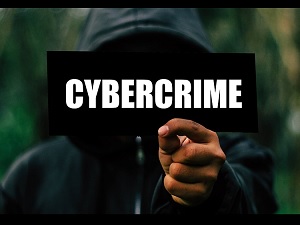
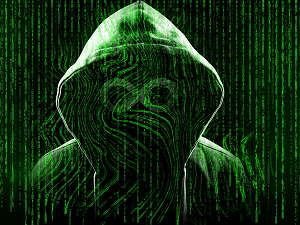 In recent months, cybersecurity researchers have discovered a new ransomware strain that poses a significant threat to businesses using Windows desktops and devices still relying on outdated operating systems. Below, we’ll explain how ShrinkLocker works and what it could mean for your company, whether small or large.
In recent months, cybersecurity researchers have discovered a new ransomware strain that poses a significant threat to businesses using Windows desktops and devices still relying on outdated operating systems. Below, we’ll explain how ShrinkLocker works and what it could mean for your company, whether small or large.
Understanding ShrinkLocker Ransomware
ShrinkLocker is a ransomware strain that uses Visual Basic Scripting (VBScript) to infiltrate and encrypt corporate systems. VBScript, once a popular language for Microsoft Windows scripting, is now commonly used in malicious activities. The use of this scripting language allows ShrinkLocker to target specific systems and encrypt essential business data.
How ShrinkLocker Affects Your Company
Attackers using ShrinkLocker have primarily targeted government, manufacturing, and vaccine establishments. They initiate the attack by sending the ransomware to target machines. The malware uses Windows Management Instrumentation to check if the operating system is Windows Vista or older. If the system is eligible, the malware proceeds; otherwise, it self-deletes.
In hackable systems, the malware shrinks non-boot partitions, which store user data and programs, and abuses Microsoft’s BitLocker to relocate all important company data onto a disc and encrypt it, effectively locking victims out of their devices.
Preventing a ShrinkLocker Attack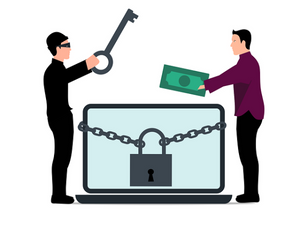
Since ShrinkLocker removes system recovery options, making it impossible for business owners to restore their files easily, taking preventative measures is crucial. Here are steps to ensure optimal data protection:
Regular System Updates
One of the most effective ways to protect your business from ransomware is to keep all software and systems up to date. Regular updates from companies like Google and Microsoft include patches that block the latest strains of malware. While updates may not always catch zero-day exploits, they make it harder for attackers to manipulate older, vulnerable systems.
Schedule Regular Updates: Implement a schedule for regular software updates to ensure all systems are protected against known vulnerabilities.
Automate Patching: Use automated patch management tools to streamline the update process and reduce the risk of human error.
Strengthening Security Measures
Enhancing your security infrastructure is vital in reducing ransomware risks. Alongside your company’s firewall, consider adding the following layers of protection:
 Anti-malware and Antivirus Software: These programs detect and remove existing strains of malware, providing an essential line of defense.
Anti-malware and Antivirus Software: These programs detect and remove existing strains of malware, providing an essential line of defense.
Cloud Data Loss Prevention (DLP): DLP solutions prevent the leaking, misuse, or destruction of data stored in cloud applications, ensuring that sensitive information remains secure.
Spam Filters: Advanced spam filters analyze emails, SMS, and social media messages to detect and block harmful or suspicious communications.
Employee Awareness Training
Human error is a common cause of insider threats. Employees may unknowingly fall victim to phishing attacks, click malicious links, or download infected attachments. Training your employees on cybersecurity best practices can mitigate these risks.
Conduct Regular Training Sessions:
Educate employees about the latest ransomware threats and how to recognize suspicious activities.
Implement Simulated Phishing Attacks:
Regularly test employees with simulated phishing attacks to reinforce training and identify areas needing improvement.
Case Study: The Impact of ShrinkLocker on Businesse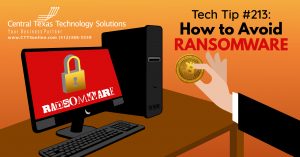
To understand the potential impact of ShrinkLocker, consider the following hypothetical scenario involving a mid-sized manufacturing company.
Scenario: A Manufacturing Company's Experience
A manufacturing company using outdated Windows Vista systems becomes a target of ShrinkLocker. The attackers send a phishing email containing the malware, which an unsuspecting employee opens. The malware checks the system’s eligibility, proceeds with the attack, and encrypts all non-boot partition data using BitLocker.
Immediate Impact: The company faces immediate disruptions as essential files become inaccessible. Production halts, and critical business operations come to a standstill.
Financial Losses: The downtime results in significant financial losses due to halted production and missed deadlines.
Recovery Efforts: With system recovery options removed, the company struggles to restore its data, leading to prolonged downtime and increased recovery costs.
 Building a Robust Cybersecurity Strategy
Building a Robust Cybersecurity Strategy
To protect your business from ShrinkLocker and other ransomware threats, it’s essential to build a robust cybersecurity strategy that encompasses the following elements:
Comprehensive Risk Assessment
Conduct a thorough risk assessment to identify vulnerabilities within your organization. This involves evaluating your current cybersecurity measures, identifying potential threats, and determining the potential impact of a ransomware attack.
Identify Critical Assets: Determine which assets are critical to your business operations and prioritize their protection.
Assess Vulnerabilities: Identify weaknesses in your systems and processes that could be exploited by attackers.
Incident Response Plan
Develop an incident response plan to ensure a swift and effective response in the event of a ransomware attack. This plan should outline the steps to take immediately following an attack, including isolating affected systems, notifying stakeholders, and initiating recovery procedures.
Define Roles and Responsibilities: Assign roles and responsibilities to key personnel to ensure a coordinated response.
Regularly Update the Plan: Review and update the incident response plan regularly to account for new threats and changes in your business environment.
Backup and Recovery Solutions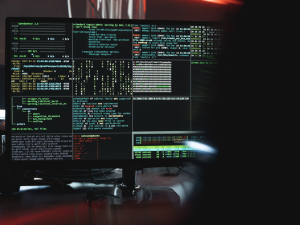
Implement robust backup and recovery solutions to ensure that you can restore your data in the event of an attack. Regularly back up critical data and test your recovery processes to ensure they work effectively.
Automate Backups: Use automated backup solutions to ensure that your data is regularly backed up without relying on manual processes.
Store Backups Securely: Ensure that backups are stored securely, preferably offsite or in the cloud, to protect them from being compromised in an attack.
Let's Recap
The new ShrinkLocker ransomware poses a significant threat to businesses using outdated systems. By understanding how this malware works and taking proactive measures to protect your business, you can reduce the risk of falling victim to an attack.
For business owners, CEOs, and decision-makers, investing in advanced cybersecurity measures, regular updates, employee training, and robust backup solutions is crucial. Visit CTTSonline.com or contact our team of experts to learn more about how to protect your business from ransomware and other cyber threats. We're here to help you navigate the complexities of modern cybersecurity and ensure your business remains secure and resilient.
